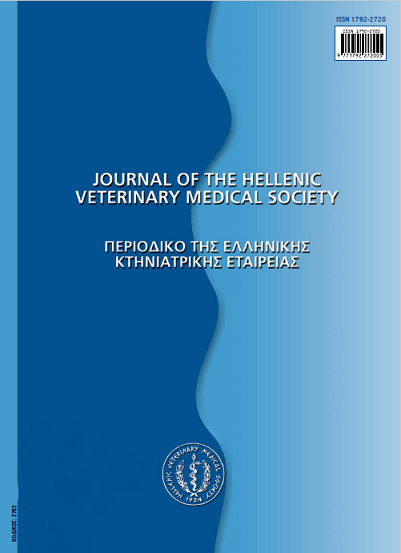Update on insulin treatment of dogs and cats with non-complicated diabetes mellitus

Abstract
Diabetes mellitus is a common endocrine disease of dogs and cats. Treatment is mainly based on insulin administration and dietary modifications. The aim of this review is to provide updated information on insulin treatment of dogs and cats with non-complicated diabetes mellitus. During the last years, there has been significant progress in the management of this disease, thanks to the use of long-acting insulin preparations that do not cause pronounced fluctuations of blood glucose concentrations (insulin glargin and detemir) and because of the widespread use of home glucose monitoring by the owners of diabetic pets. Home glucose monitoring is based on capillary blood sampling from the ear pinnae or the foot pad and measurement of blood glucose concentration with a portable blood glucose meter. This can be done periodically (e.g. every week) to replace the traditional in-clinic blood glucose curve; in this case, blood glucose concentration is measured just before the morning insulin administration and then every 1-2 hours until the next dose (usually for 12 hours). Furthermore, especially for the cat, home glucose monitoring can be performed 3-5 times per day, on a daily basis, in order to safely adjust insulin dose and achieve tight control of hyperglycemia (i.e. blood glucose concentration between 50 and 200 mg dl-1 throughout the day). The combination of dietary management, of insulin glargine or detemir administration and of the tight control of hyperglycemia has substantially increased the proportion of cats that enter into temporal or permanent diabetic remission and can be further managed without insulin. Another important achievement is the use of continuous glucose monitoring systems to monitor interstitial fluid glucose concentrations. These devices can be used in the clinic and at home and they can measure glucose concentration every 5 minutes for up to 72 consecutive hours, thus facilitating optimal adjustment of insulin treatment.
Article Details
- How to Cite
-
SARIDOMICHELAKIS, M. N., & CHATZIS, M. K. (2018). Update on insulin treatment of dogs and cats with non-complicated diabetes mellitus. Journal of the Hellenic Veterinary Medical Society, 67(2), 83–98. https://doi.org/10.12681/jhvms.15625
- Issue
- Vol. 67 No. 2 (2016)
- Section
- Review Articles

This work is licensed under a Creative Commons Attribution-NonCommercial 4.0 International License.
Authors who publish with this journal agree to the following terms:
· Authors retain copyright and grant the journal right of first publication with the work simultaneously licensed under a Creative Commons Attribution Non-Commercial License that allows others to share the work with an acknowledgement of the work's authorship and initial publication in this journal.
· Authors are able to enter into separate, additional contractual arrangements for the non-exclusive distribution of the journal's published version of the work (e.g. post it to an institutional repository or publish it in a book), with an acknowledgement of its initial publication in this journal.
· Authors are permitted and encouraged to post their work online (preferably in institutional repositories or on their website) prior to and during the submission process, as it can lead to productive exchanges, as well as earlier and greater citation of published work.


